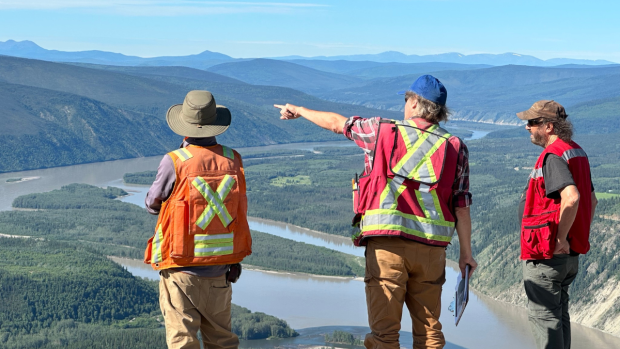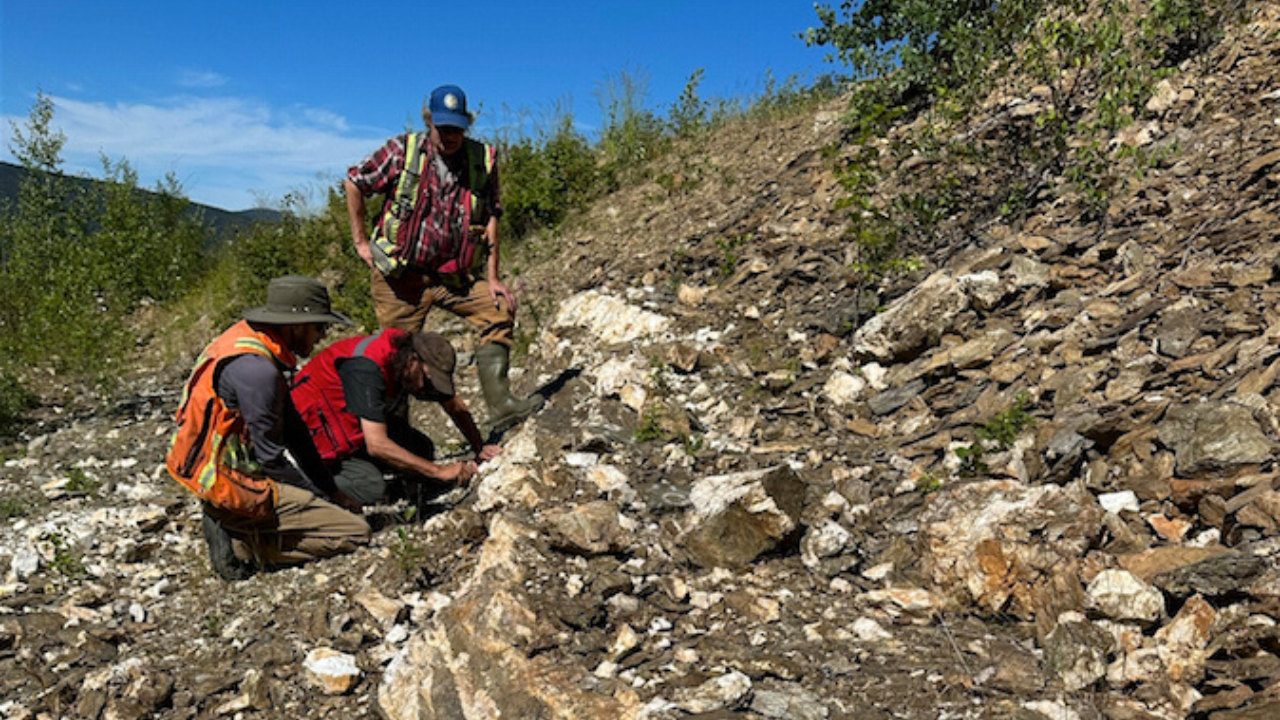Jul 20, 2023
Klondike Gold digs deep in historic gold territory for new discoveries

Gold glitters in the markets and for miners. Even as investment in bars and coins is on the rise, demand from central banks has seen significant growth.
According to a June report in mining.com, central banks globally bought 228 tonnes of gold in the first quarter of 2023 and “this follows up on what was already a record year in 2022, during which 1,136 tonnes of gold worth some $70 billion were added to the banks’ reserves.”
As well, the price of gold in 2023 has added to the massive increases seen in 2019 and 2020 while there has been a shift in the markets toward the gold and mining sector.
Now, an established exploration company with long history in northern Canada is poised to benefit from these factors with discoveries showing new sources of gold in a famous and historic location: the Klondike.
Gold in the bedrock
Klondike Gold Corp. (TSXV: KG) is advancing its 100%-owned Klondike District Gold Project located near Dawson City, Yukon, among the world’s top 20 mining jurisdictions. Covering 729 square kilometres with 3,767 claims and exploration permits in place, the project is showing promise for future returns to go with the more than 20 million ounces of gold that have been taken out of the area since 1898.
The key, says Klondike Gold Corp. CEO Peter Tallman, is that his company is focused on the source of the gold: bedrock.
The historic placer gold endowment for the region was recovered from roughly 18 main creeks. Klondike Gold has, so far, discovered bedrock sources for four of those creeks and continues exploration for many others. That went against what some experts had been saying about the region.
Tallman, who joined the company in 2014 and has been a geologist for 40 years, says, “The working theory that came from several geologists was that all the gold in the Klondike — all 20 million ounces of placer gold that’s been recovered from surface — was derived from rocks that had all been eroded away and there was none left in the bedrock.
“That struck me, really, from a geologic perspective… as utterly ridiculous and geologically untenable.”
Estimates of 581,000 ounces of gold
Klondike Gold’s advanced research appears to show his skepticism at the conventional wisdom was well-founded. The company’s first drilling program in 2015 produced two discoveries and visible gold in 12 of 17 holes.
And it announced in November 2022 an initial mineral resource estimate (MRE) combining results for the Lone Star and Stander Deposits in the Klondike District Gold Project of 469,000 ounces of gold “indicated” category and 112,000 ounces of gold “inferred” category on the near-surface — the first ever bedrock-sourced MRE from two of the four discoveries to date.
“We’ve been able to document that there are high-grade — very, very high, bonanza-grade — veins and there are also these broad zones of sheeted veins around them,” Tallman says. “We set out to do research and that’s paying dividends today… It’s supporting the idea that we are in an absolutely overlooked gold belt of significance to the world.”

His company’s findings are among a growing number of discoveries and deposits within a 250 km radius of the Klondike Gold District, which is fully accessible and serviced via government-maintained roads.
‘If you believe in gold…’
Both Klondike Gold Corp. and Tallman have a big fan in Stefan Müller, CEO of DGWA, a German firm that represents non-European companies in their activities in European markets, including the Frankfurt Stock Exchange. He says the Klondike is well known in Europe and the Klondike District Gold Project is sufficiently large that the source of the region’s gold is likely within its area.
“If you believe in gold, if you believe in exploration, if you believe in Canada, this is the perfect company for investors,” he says. “We participate in every single financing and we always get investors.
“Peter is the blueprint of an exploration CEO and that is why we like the project and the company,” Müller adds. “The company is very well managed… The site is perfectly organized and he has a very good team.”
Tallman is confident investors will see the same things Müller does, saying, “There is an enormous potential upside from where we are today to where we can be in the relative short term. The patient work has been done. The geology has been solved.”
“It’s taken 125 years to find the mineral resource in the bedrock,” he adds. “We can expand it, we have a neighbour building a mine down the road. That critical mass is really what’s required to get the Klondike to the stature of being a world-class belt full of gold.
He adds, “The history of it informs the potential.”
Learn more about Klondike Gold Corp. on its website as well as on: